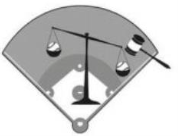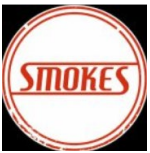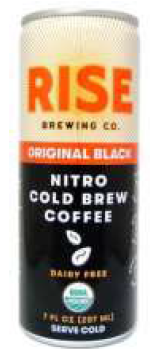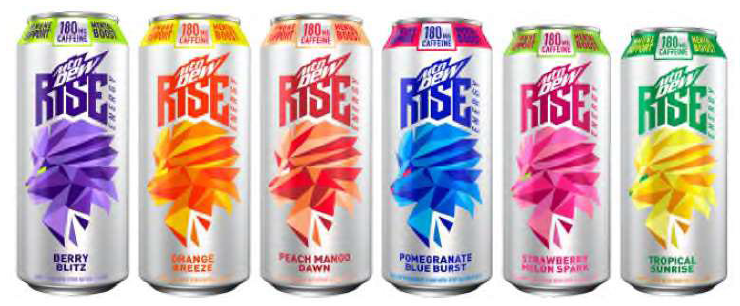In a case between similarly named banks, the US Court of Appeals for the Tenth Circuit confirmed expert disclosure requirements, conducted a de novo likelihood of confusion analysis and ultimately upheld a finding of no trademark infringement. Elevate Federal Credit Union v. Elevations Credit Union, Case No. 22-4029 (10th Cir. May 10, 2023) (Bacharach, Moritz, Rossman, JJ.)
Elevate is a federal credit union with almost 13,000 total members, operating exclusively in three rural Utah counties. Elevations is a Colorado state-chartered credit union with more than 150,000 members. The parties’ respective logos are shown below:

Elevate filed a suit seeking declaratory judgment of noninfringement, and Elevations counterclaimed for trademark infringement. After excluding testimony from Elevations’s expert, the district court found no infringement and granted summary judgment in favor of Elevate. Elevations appealed.
Elevations raised two issues on appeal:
- Did the district court abuse its discretion in excluding Elevations’s expert’s testimony?
- Did the district court err in granting summary judgment to Elevate on likelihood of confusion?
The Tenth Circuit affirmed the district court on the first issue. Elevations’s expert conducted a survey that involved showing marks from internet searches to consumers and asking whether they thought any came from the same company. While this survey type is legitimate, the expert did not keep records of his searches, write down his search terms, identify his search engines, or justify why he conducted multiple internet searches but showed consumers only results from Bing and the Apple App store. The Tenth Circuit found that the district court could have reasonably considered this information “facts or data” considered by the expert that needed to be—but was not—disclosed. Because the expert failed to meet his disclosure obligations and because this failure was not excused by justification or harmlessness, the lower court did not abuse its discretion.
The Tenth Circuit also affirmed the summary judgment of no likelihood of confusion. The Court conducted a de novo review and analyzed the six factors below. The Court concluded that the following five factors weighed against the likelihood of confusion:
- Level of care exercised by purchasers. When customers look to open bank accounts or borrow money, they exercise a great level of care. This is especially true here because credit unions have statutory membership restrictions, meaning consumers need to confirm they qualify for membership before applying.
- Strength of senior mark. While Elevations’s marks are “suggestive” and therefore “fall[] midway in the range of conceptual strength,” many other businesses in Colorado use the root term “elevat,” which weakens Elevations’s mark. Elevations’s marks also are weak where Elevate operates in Utah due to lack of advertising.
- Degree of similarity. While the marks have some similarities in appearance and sound, they differ in fonts, alignment, background colors, graphics and number of syllables. The Court also stated that the “significance of the similarities fades away” in light [...]
Continue Reading
read more


 Subscribe
Subscribe






